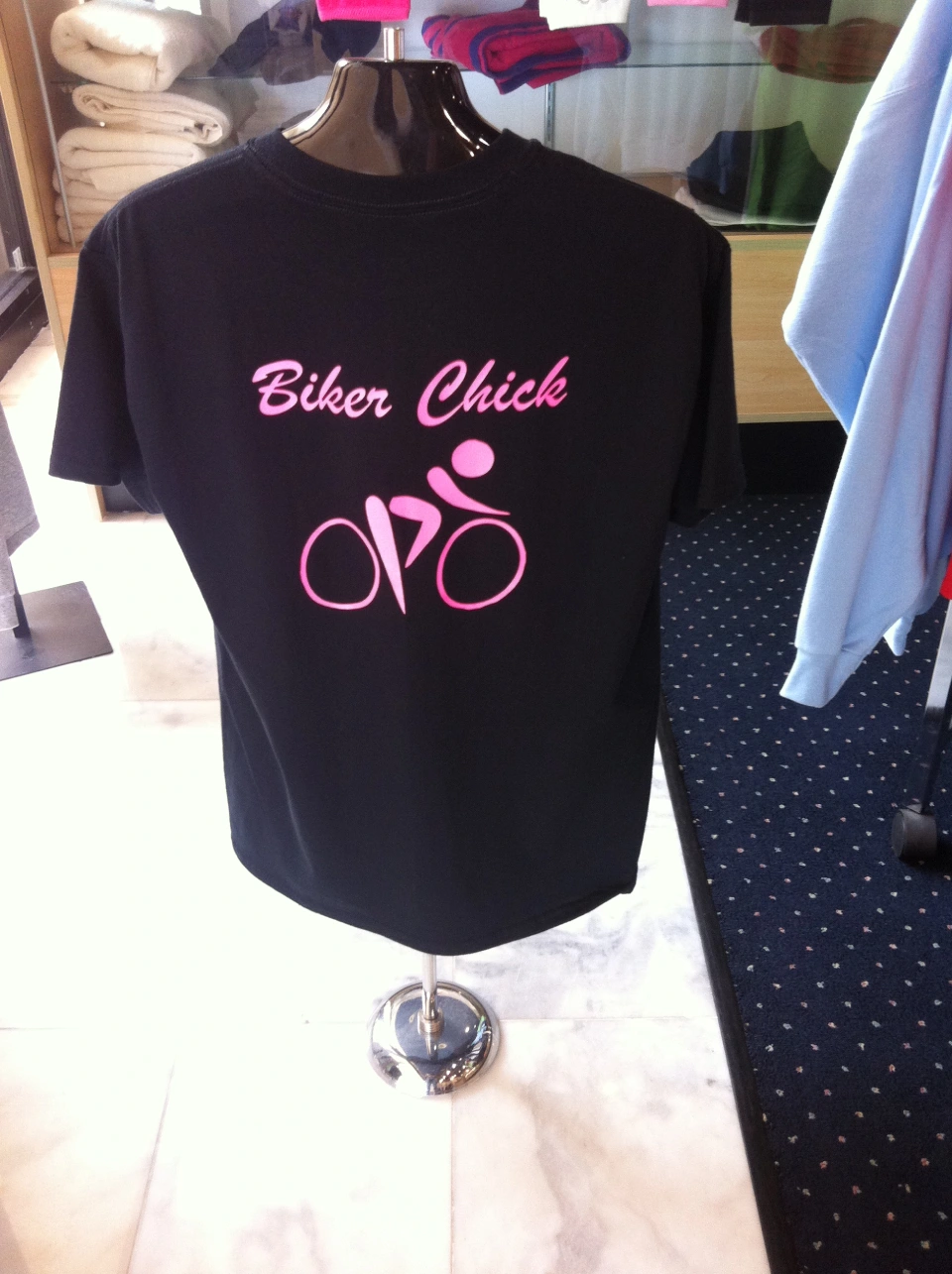Personalized Scrubs with Embroidery for an Expert Look
Personalized Scrubs with Embroidery for an Expert Look
Blog Article
The Art of Custom Embroidery: Opening the Keys to Creating Distinct and Unforgettable Layouts
The secrets to creating customized embroidery designs that captivate the eye and leave a lasting impression lie in a delicate equilibrium of strategy, creative thinking, and focus to information. As we dig into the world of customized embroidery, we uncover the nuanced interplay in between string choice, stitch complexity, and design customization that raises a simple garment to a work of art.
Choosing the Right Needlework Threads
When choosing needlework strings, what crucial aspects should you think about to make certain the ideal results for your custom styles? The choice of embroidery string is important in determining the final end result of your embroidered style. Among the main considerations is the product of the string. Various materials such as cotton, polyester, rayon, and silk offer varying degrees of sheen, longevity, and texture. It is vital to select a string product that complements the fabric you are stitching on and straightens with the desired appearance of the layout.
Thicker threads can add dimension and texture to your layout, while finer strings are suitable for intricate information and small text. Furthermore, taking into consideration the color fastness and washability of the thread is crucial to ensure that your custom-made layouts maintain their high quality and vibrancy over time.
Discovering Various Stitch Strategies
To dig into the realm of 'Checking out Different Stitch Techniques', one need to grasp the details and subtleties that each stitching technique gives the art of embroidery. Different stitch strategies not only include visual rate of interest but likewise add to the general texture and dimension of the design. One popular stitch method is the satin stitch, which includes very closely packed parallel stitches to develop a smooth and glossy surface area, perfect for completing shapes and producing strong outlines.
On the various other hand, the backstitch is a flexible method typically used for outlining and including great information. It involves stitching backward to develop a strong line of needlework. Furthermore, the French knot stitch includes a tactile component to designs, best for creating textured accents like flower centers or attractive touches.
Checking out different stitch methods permits embroiderers to play with light, shadow, and depth within their styles, raising the visual allure and imaginative high quality of their needlework jobs. By understanding numerous sewing methods, one can open unlimited possibilities for creating one-of-a-kind and memorable personalized embroidery items.
Incorporating Personalized Style Components
Having checked out the intricacies of various stitch techniques such as the satin stitch, backstitch, and French knot, the focus now shifts towards including personalized style aspects in custom embroidery tasks. Individualized layout aspects play an important function in making needlework tasks absolutely one-of-a-kind and unforgettable.
One more way to integrate tailored style elements is by consisting of icons or themes that hold unique definition to the recipient or show their passions and character. Integrating a favored flower, animal, or hobby-related icon can make the embroidery style extra significant and customized. Additionally, selecting colors that resonate with the recipient or align with the designated style can additionally boost the personalization of the embroidery project.
Grasping the Art of Color Coordination

One trick aspect of color coordination is recognizing shade concept. This consists of knowing exactly how various colors connect with each various school uniforms other, the feelings they communicate, and just how they can be combined to create aesthetically appealing layouts. By applying color concept concepts, embroiderers can develop harmonious shade palettes that enhance the general appearance of the layout.
Additionally, taking notice of contrast is important in color sychronisation. Using contrasting colors can assist particular elements of the style pop, improve clarity, and develop an aesthetically dynamic needlework item. By understanding the art of shade control, embroiderers can raise their styles and produce remarkable items that reverberate with customers and customers alike.
Enhancing Structure With Advanced Embroidery Stitches
French knots, for instance, are ideal for adding small, elevated dots to your design, resembling the look of grains or producing a textured surface area. Bullion knots, on the various other hand, can be utilized to produce twisted, ropelike elements that include an extravagant feel to the needlework. Seed stitching includes small, scattered stitches that can fill in areas with a multicolor appearance, while turkey work produces fluffy, dimensional accents evocative pet fur or foliage. Exploring with these sophisticated needlework stitches allows you to push the limits of typical needlework and develop truly distinct and visually attractive structures in your layouts.
Conclusion
Finally, the art of custom needlework entails a mix of selecting the best threads, exploring various stitch strategies, including tailored layout aspects, grasping color control, and boosting structure with sophisticated stitches. By understanding and implementing these crucial elements, embroiderers can produce distinct and memorable layouts that display their imagination and skill. Needlework lovers can unlock the keys to producing gorgeous and bespoke items that stand apart and leave a lasting impact.
Report this page